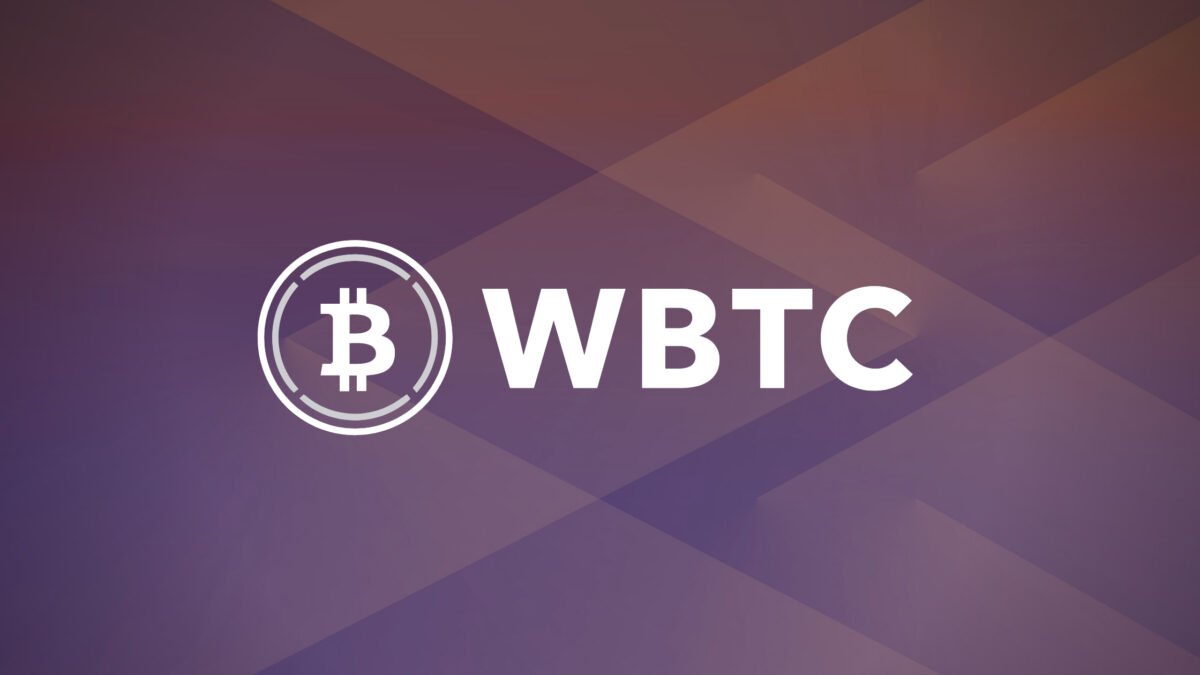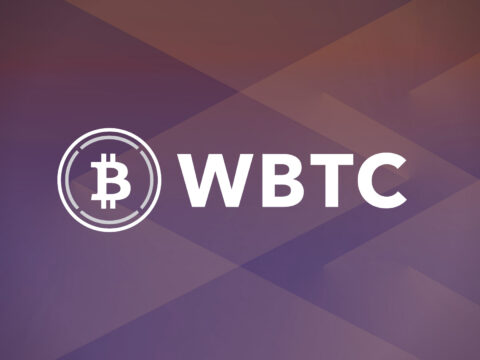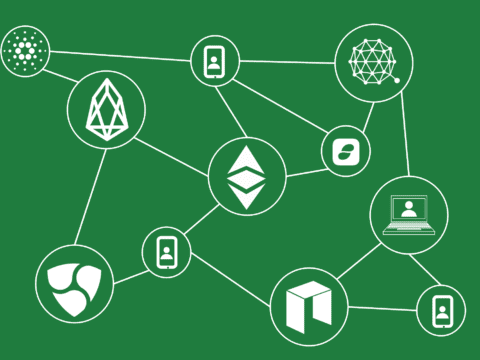
Wrapped Bitcoin (WBTC) is a joint venture between BitGo, Kyber Network, Ren, and several other big fintech companies. It was created to be a new token capable of combining all the strengths of two dominant blockchain technologies, Bitcoin and Ethereum.
As a result of this project, WBTC debuted on the Ethereum Network in January 2019, which allows the coin to utilize every ERC-20 functionality, such as smart contract, and opens the option to use Bitcoin in the realm of Decentralized Finance (DeFi).
WBTC derives its value from being backed by BTC with the ratio of 1 WBTC:1 BTC. This is a significant milestone for the project. After a long time, Bitcoin, which is the most popular token based on market cap, and widely used on CeFi crypto platforms, can enter the DeFi world.
With WBTC, BTC holders can freely exchange their coins into a WBTC and operate with ERC-20 platforms, or redeem their funds back to BTC. “CeFi or DeFi?” has little meaning anymore, as WBTC has effectively connected the two networks reliably.
What is the Purpose of Wrapped Bitcoin (WBTC)?
Before Wrapped Bitcoin (WBTC), Bitcoin and Ethereum were totally distinct, and it wasn’t possible to take advantage of Ethereum’s advanced features if you were holding Bitcoin.
BTC is the most valuable digital currency, but BTC lagged behind in terms of functionality as it lacks a smart contract structure, like the one the ERC-20 protocol offers to users. This was a substantial drawback and limited Bitcoin users in many ways.
Understanding these limitations, the WBTC token project was initiated with the mission of resolving the divide between Bitcoin and Ethereum and offering users a simpler, faster, and more affordable way to use Bitcoin in the Ethereum-based ecosystem.
The project’s main goal was to create a bridge that connects the huge liquidity held by BTC users with demand on DeFi networks and boost liquidity on both networks.
With the achievement of this goal, the project leverages the power of smart contracts in a scalable DeFi ecosystem while maintaining the high degree of market acceptance and security that Bitcoin possesses.
By connecting Bitcoin’s popular acceptance with Ethereum’s advanced technology, the markets have access to much higher levels of liquidity and functionality. Instead of being locked into old technology, Bitcoin holders can use next-generation technologies, like DApps.
How Does Wrapped Bitcoin (WBTC) Work?
To wrap WBTC from BTC, users need an account on an exchange that accepts transactions between WBTC and BTC (which is now available on BitGo, Coinbase, Coinlist, and a couple more).
All they have to do is log in, deposit BTC in their wallet then place the order. The issuance request is transferred to BitGo. After BitGo has blocked the deposited BTC, the same amount of WBTC is issued based on the ERC-20 smart contract and then sent to purchasers.
If users wish to sell WBTC and get BTC back, the same protocol will take place in a reserved order. WBTC holders can always get BTC back, so WBTC isn’t the same thing as a cash-settled derivative, which is commonly used in the crypto markets.
WTBC is operated and governed by DAO (Decentralized Autonomous Organization), whose participants are responsible for controlling the smart contract implementation and verifying the WBTC issuances corresponding to the equal BTC amount requested through BitGo.
As WBTC’s smart contract custodian, DAO has committed to preventing malicious or harmful acts from occurring to users’ funds. The organization works to maintain the system’s transparency by publishing WBTC’s public order book, which specifies the amount of the WBTC generated from trading with BTC.





